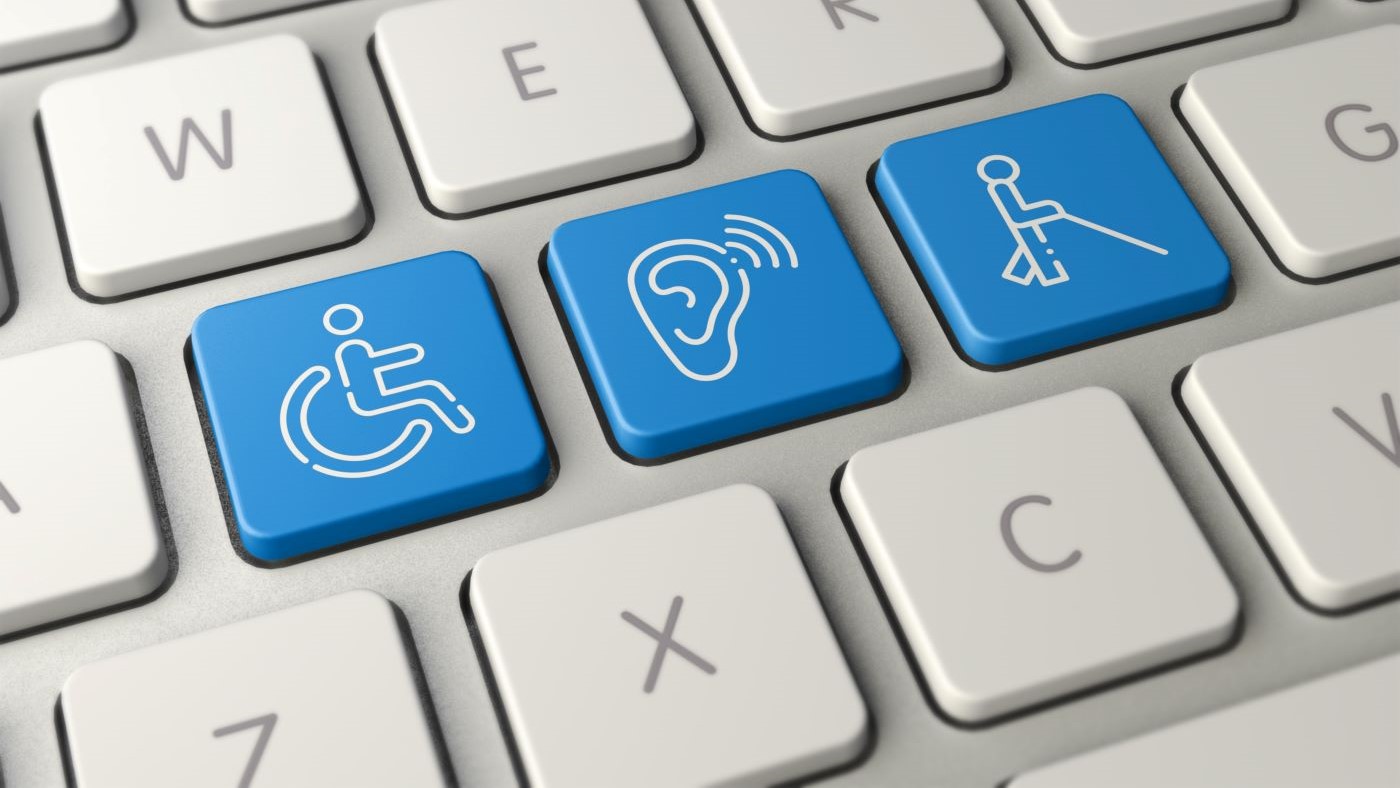For many years, the European Union (EU), its member states, and many companies within the EU have been striving to improve accessibility to products and services. The European Accessibility Act (EAA), to be implemented by June 28, 2025, is set to unify accessibility rules under one umbrella by introducing a common set of rules for the whole of the European Union. This includes accessibility improvements to computers, operating systems, televisions, smartphones, and other personal devices, as well as public services such as ATMs, ticketing machines, some public transport services, banking services, and e-commerce websites.
The need for accessibility
According to the European Parliamentary Research Service, over eighty million European citizens (and 1.3 billion worldwide) have some form of disability and face long-term physical, mental, intellectual, or sensory impairment. While the American Institute for Research estimates that they globally spend half a trillion US$ each year, 96% of the top websites were found to have accessibility issues in 2023.
In unifying regulations, the EAA is also unifying the market for accessible products and services. This will not only benefit people with accessibility needs, but also the market as a whole, as it increases the market size and produces more competitive prices. There will be fewer barriers within the EU and more job opportunities.
Improving accessibility helps to ensure that businesses
- comply with human rights,
- comply with regulations,
- reach diverse target groups,
- achieve stronger returns through diverse markets,
- save upcoming costs and avoid fines*, and
- attract talent.
Exemptions
At this point, the EAA still excludes many essential areas in the building sector such as access to transportation (by air, rail, and road) and access to buildings, but also household appliances. In addition, small companies providing services are exempt from complying with the requirements. So, despite the EAA's claim of ensuring "full and equal participation" of people with accessibility needs in society (mainly those with disabilities and the elderly), the EAA falls short of making the EU fully accessible.
What the EAA means for tech writers
Not only public authorities but also companies are encouraged to make their websites and (technical) communication with customers accessible and ensure the implementation of accessibility measures by June 2025. This includes electronic commerce, which is any business transaction made via a website.
In addition, the EAA refers to many types of digital technology, defined as digital devices, systems, and resources that help create, store, manage, and communicate data. Specifically, the EAA is relevant for many elements related to technical communication, for example, documents, PDFs, and more as well as human-machine interfaces, such as email and software updates. For more information, refer to the European Norm EN 301 549, which has been recently updated to complement the EAA.
Where to start?
The EAA may tell you what needs to be accessible, but it does not impose detailed solutions telling you exactly how to make it accessible. You could start by creating text alternatives for video and audio, or simply choosing a video player with good accessibility support. Again, exactly how to make your resources accessible is completely up to you and will require thought, research, and work.
So first, inform yourself by visiting the EU website. Next, assess where you are with necessary audits to discover any gaps or opportunities. Based on your research, create a strategy with concrete commitments and a roadmap for implementing actions. Remember that implementation takes preparation. It’s not just a case of flicking a switch. The time to act is now!
*Violations will be penalized under corresponding national laws. The EAA requires EU member states to ensure regular compliance checks, follow up on complaints, and make companies take necessary corrective actions. If necessary, fines defined by each member state are imposed.
Note from the author: The thoughts expressed in this article are my own and do not represent statements or recommendations of my employer, SAP.

